Expert Eye: 6 Ways to Future-Proof Your Home's Plumbing
Smart plumbing doesn’t have to be a pipe dream. Follow these tips for a hassle-free plumbing future for your home
Darren Clancy
10 April 2017
Houzz Australia Contributor. Owner of Pipe Perfection Plumbers with over 30 years’ industry experience.
Houzz Australia Contributor. Owner of Pipe Perfection Plumbers with over 30 years’... More
Homes that are built to last should have plumbing that is built to last too, and smart plumbing saves you time and adds value to your property. If you find this area of your home falls short for your family’s usage, or you’re looking to prepare your pipes for longevity, there are some things you need to consider. Here are some expert tips to help you set your home’s plumbing up to last a lifetime.
1. Tomorrow’s torrent
One big mistake homeowners make is not anticipating the load their plumbing will come under in a normal household situation.
A family of four with a busy daily showering and dishwashing routine is going to put a lot more pressure on the plumbing than a bachelor who does his laundry once a fortnight. This is why the plumbing of a studio apartment looks different to that of a three-bedroom house.
One big mistake homeowners make is not anticipating the load their plumbing will come under in a normal household situation.
A family of four with a busy daily showering and dishwashing routine is going to put a lot more pressure on the plumbing than a bachelor who does his laundry once a fortnight. This is why the plumbing of a studio apartment looks different to that of a three-bedroom house.
If you are building or renovating a home, consider doing the following:
- Spend some time composing typical-use scenarios based on the number of people in the household, taking into account whether or not visitors frequently come to stay.
- Consider how people in your home use water. What are your peak needs: will you have people using the bathroom while the washing machine is running? What are your hot water requirements?
- Consult with a plumbing professional to ensure your water infrastructure can address your intended capacity.
2. Fixtures follow function
While a beautiful antique bath may be what your heart desires, a low-maintenance tub that you’d be happy for your children to muck around in will last a lot longer. Similarly, if you have less-abled people living in the house, easy-to-use tapware is a better choice than sleek but harder-to-grip designs. You may need handrails in the bathroom too, which requires structural fortification behind the walls.
Consider function first, then match the fixtures and fittings that best suit your present and future usage for longer-lasting wear.
How to design your dream bathroom
While a beautiful antique bath may be what your heart desires, a low-maintenance tub that you’d be happy for your children to muck around in will last a lot longer. Similarly, if you have less-abled people living in the house, easy-to-use tapware is a better choice than sleek but harder-to-grip designs. You may need handrails in the bathroom too, which requires structural fortification behind the walls.
Consider function first, then match the fixtures and fittings that best suit your present and future usage for longer-lasting wear.
How to design your dream bathroom
3. Select for sustainability
In addition to choosing the right fixtures and fittings for your usage, consider the ongoing impact these items have on the environment as well as your budget. Hardwearing items don’t need to be replaced as often, and therefore cost you and the environment less in the long run.
Think of the life of each item before and after use: was it manufactured in a sustainable way from sustainable materials? At the end of its life can it be disposed of in an environmentally friendly manner? Buy the best quality you can afford.
In addition to choosing the right fixtures and fittings for your usage, consider the ongoing impact these items have on the environment as well as your budget. Hardwearing items don’t need to be replaced as often, and therefore cost you and the environment less in the long run.
Think of the life of each item before and after use: was it manufactured in a sustainable way from sustainable materials? At the end of its life can it be disposed of in an environmentally friendly manner? Buy the best quality you can afford.
4. Turn to technology
If you want to reduce your environmental footprint further, go beyond choosing the most sustainable items and consider how an investment in technology can reduce resource usage and waste, and add value to your home. Be aware that many of these investments have a large upfront cost (see point 5 on how to offset this) but you’ll see returns in the form of diminished ongoing costs in a matter of years.
If you want to reduce your environmental footprint further, go beyond choosing the most sustainable items and consider how an investment in technology can reduce resource usage and waste, and add value to your home. Be aware that many of these investments have a large upfront cost (see point 5 on how to offset this) but you’ll see returns in the form of diminished ongoing costs in a matter of years.
Some technology items you may wish to install include:
- A greywater system saves water. Greywater recycling takes wastewater from washing machines and basins, filters it and uses it to flush toilets and soak your garden. It requires a filter and recirculation pump.
- A rainwater system does much the same, but the water comes from a tank that collects rain. A top-grade filtration system can provide drinking water, but this needs a high level of maintenance.
- Solar hot water saves energy by using solar power to heat water. Solar panels can be attached to your hot water system or you can opt for heat pump technology, which doesn’t require panels.
- Hydronics is a method of heating your home that uses hot water pumped through pipes under concrete or into radiators. Be aware that it’s best to install this as the home is being built or renovated, rather than trying to retrofit it by itself.
5. Prepare for the future
Take advantage of the disruption that comes from building or renovating to make sure everything is in working order, to prevent unnecessary repairs to your home’s systems in the future. You can leak-proof your home by checking the gutters and the roof, and perform thorough waterproofing for wet areas such as bathrooms and the laundry to prevent damp.
Many people are unable to afford everything on their wish list when they build or renovate their home. To prevent major costs and disruptions when you eventually have the budget to go ahead with them, however, plan for these inclusions at the outset. Much of the infrastructure for various systems occurs behind walls, under floors and in ceilings and roofs. Consider, for example, water and drainage pipes for an ensuite in your future attic conversion, gas fittings for an outdoor heater on your unfinished deck, or ducting for next summer’s air-conditioning. The best time to install these is when you are building or renovating.
Find out what supporting services you need, and have the foundational structures put in before you seal the surfaces. It’s wise to invest in the design, layout and services behind the walls rather than spend on expensive fixtures. You can easily upgrade to fancy tapware in the future, but it’s much harder and more expensive to change what’s in the walls, insulation, wiring and so on and then have to resurface and repaint down the line.
Take advantage of the disruption that comes from building or renovating to make sure everything is in working order, to prevent unnecessary repairs to your home’s systems in the future. You can leak-proof your home by checking the gutters and the roof, and perform thorough waterproofing for wet areas such as bathrooms and the laundry to prevent damp.
Many people are unable to afford everything on their wish list when they build or renovate their home. To prevent major costs and disruptions when you eventually have the budget to go ahead with them, however, plan for these inclusions at the outset. Much of the infrastructure for various systems occurs behind walls, under floors and in ceilings and roofs. Consider, for example, water and drainage pipes for an ensuite in your future attic conversion, gas fittings for an outdoor heater on your unfinished deck, or ducting for next summer’s air-conditioning. The best time to install these is when you are building or renovating.
Find out what supporting services you need, and have the foundational structures put in before you seal the surfaces. It’s wise to invest in the design, layout and services behind the walls rather than spend on expensive fixtures. You can easily upgrade to fancy tapware in the future, but it’s much harder and more expensive to change what’s in the walls, insulation, wiring and so on and then have to resurface and repaint down the line.
6. Location, location
Anyone in real estate will tell you that location matters. It also matters from a future-proofing perspective because it provides context for what your home might need over the coming years.
Wet areas: If you live in an area with heavy rainfall, or in a catchment zone, then having sufficient drainage will be a key issue for you. Also consider installing a rainwater tank to collect and save water.
Dry areas: Consider aspects such as your garden – you may wish to install an irrigation system for thirsty plants for example, or choose species that can survive a drier climate.
Older neighbourhoods: Ageing sewerage and water systems will need to be replaced, if not now then in the near future. Be aware that a lot of older plumbing that features materials such as clay or galvanised steel is prone to breaking, corrosion and leaks. These need to be replaced before you do any cosmetic work on your home.
New neighbourhoods: Newer neighbourhoods, especially those with high-density housing, may be untested for capacity. Water pressure and drainage tend to cause the most teething problems in these areas.
Read up on living green
Anyone in real estate will tell you that location matters. It also matters from a future-proofing perspective because it provides context for what your home might need over the coming years.
Wet areas: If you live in an area with heavy rainfall, or in a catchment zone, then having sufficient drainage will be a key issue for you. Also consider installing a rainwater tank to collect and save water.
Dry areas: Consider aspects such as your garden – you may wish to install an irrigation system for thirsty plants for example, or choose species that can survive a drier climate.
Older neighbourhoods: Ageing sewerage and water systems will need to be replaced, if not now then in the near future. Be aware that a lot of older plumbing that features materials such as clay or galvanised steel is prone to breaking, corrosion and leaks. These need to be replaced before you do any cosmetic work on your home.
New neighbourhoods: Newer neighbourhoods, especially those with high-density housing, may be untested for capacity. Water pressure and drainage tend to cause the most teething problems in these areas.
Read up on living green
Plumbing is an essential part of our homes, and it would be nice if we didn’t have to worry about whether it will meet the needs of our families in the future. A little forethought goes a long way to ensuring your home is ready for tomorrow, however, whether you’re looking to upgrade eventually, make it more sustainable, or increase its resale value.
Tell us
Have you had issues with plumbing in your home? Share your stories in the Comments section below.
More
Browse beautiful bathroom products
Tell us
Have you had issues with plumbing in your home? Share your stories in the Comments section below.
More
Browse beautiful bathroom products
Related Stories
Most Popular
Renovation Insight: How to Choose a Sustainable Architect
Thinking of going green? Three experts share their advice on finding and choosing a sustainable architect for your build
Full Story
Working with Professionals
Renovation Insight: How Do I Choose a Builder?
Three industry insiders reveal the secrets to selecting the right builder for your new build or renovation
Full Story
Most Popular
Building to a Budget: 12 Must-Know Design Considerations
What influences the cost of a new build? An architect reveals all – read this before setting your home design in stone
Full Story
Most Popular
10 Times You Should Hire a Building Designer
Find out when it pays to consider using a company that offers both design and construction as a package
Full Story
Before & After
Before & After: Once Hidden, a Victorian Home's Beauty Unmasked
Peeling back the layers of a series of modernisations and then adding a sympathetic new extension revitalised this home
Full Story
Most Popular
Removing a Wall? What to Consider Before You Get Started
Thinking about getting rid of a wall at home to create more open space? Here's what you need to consider first
Full Story
Interior Design
What's Next in Homes? 4 Design Experts Reveal
Do you know which colours, shapes and styles we'll be coveting in the year ahead? Four design pros give the inside scoop
Full Story
Projects Born on Houzz
Rural Houzz: A Reader's Forever Home, Inspired by Houzz
When designing a home on a challenging site for ageing-in-place, this reader turned to Houzz for inspiration and advice
Full Story
Houzz Tours
Gold Coast Houzz: A Modern Beach House With Resort-Like Vibes
See how a building designer resolved the challenges of a problematic sloping site to create a sophisticated coastal home
Full Story
Renovating
Best of 2022: 3 Design Pros Share Their Favourite Projects
As we bid farewell to 2021, three design professionals tell us about the projects they're most proud of this year
Full Story

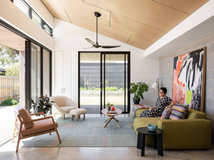





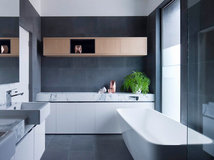
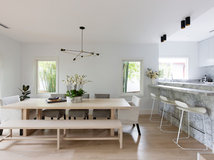

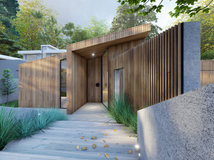

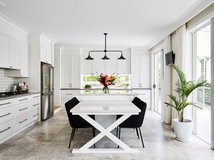
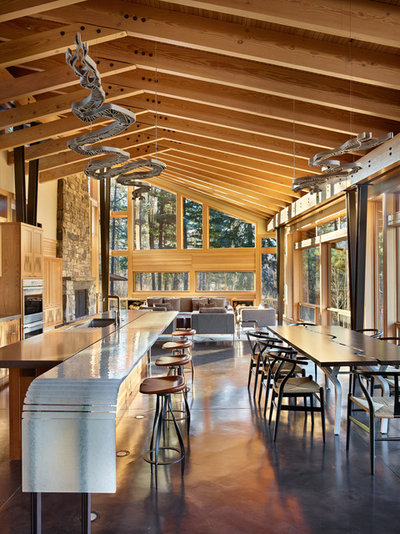
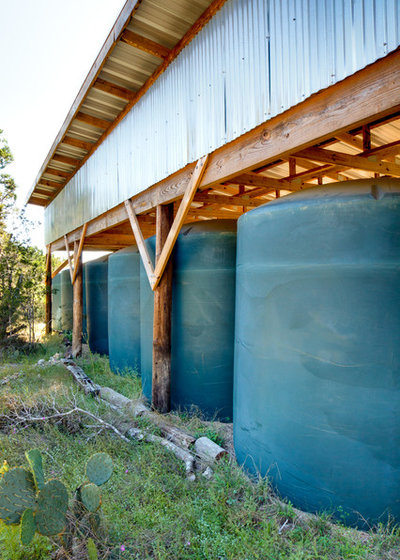
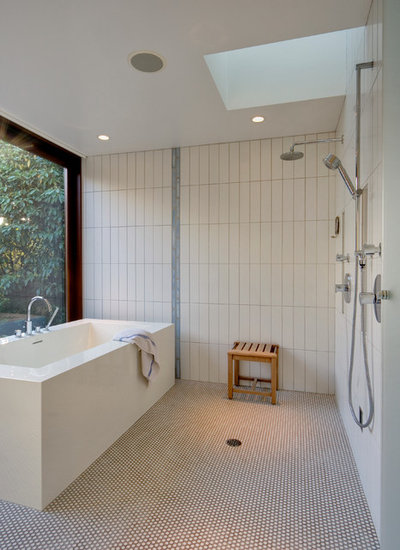
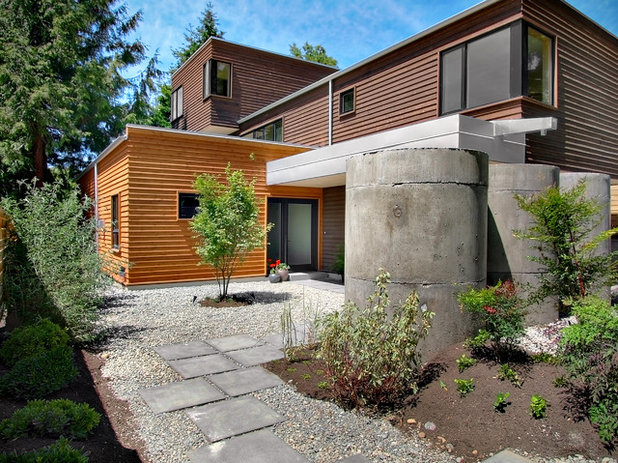
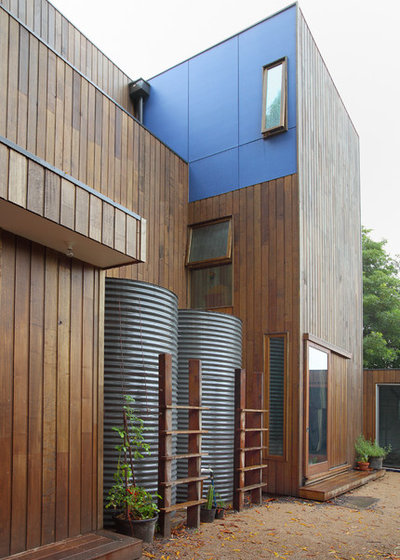
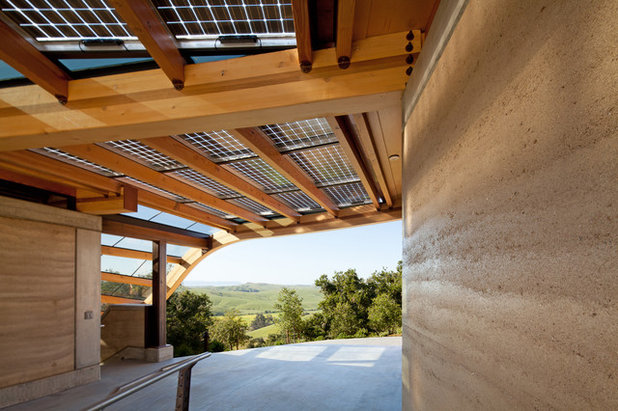
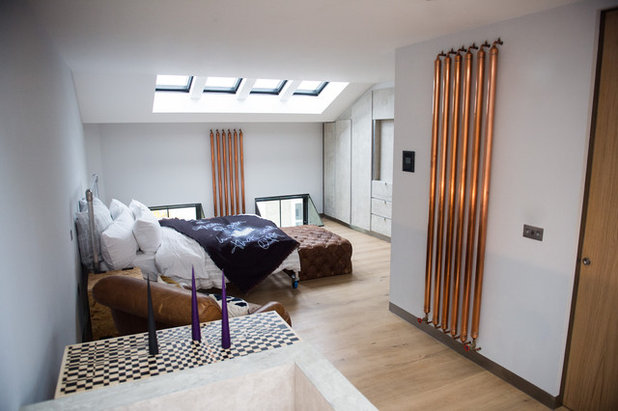
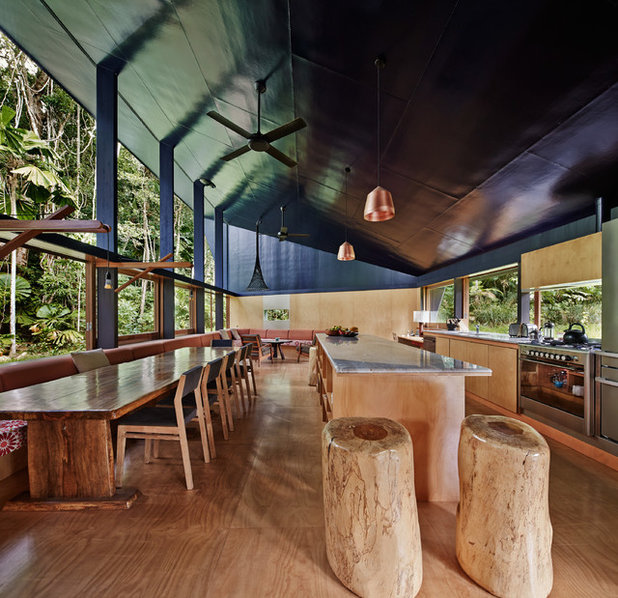
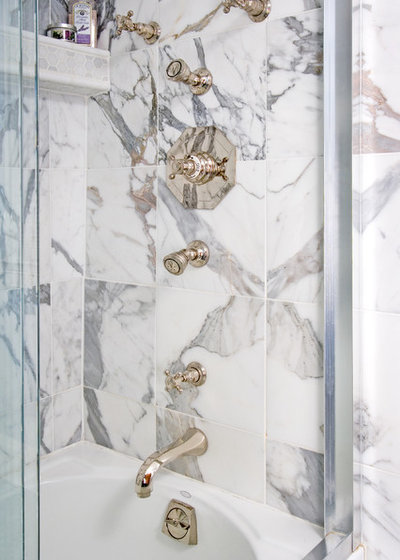

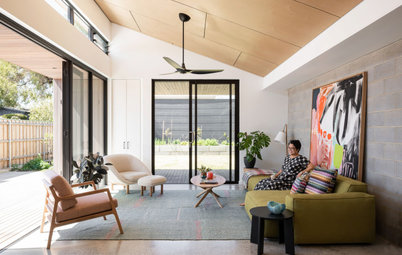
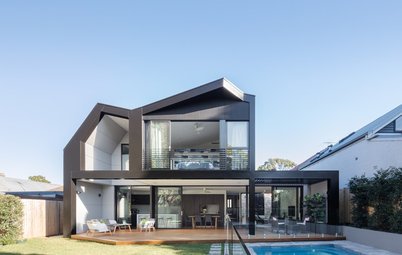
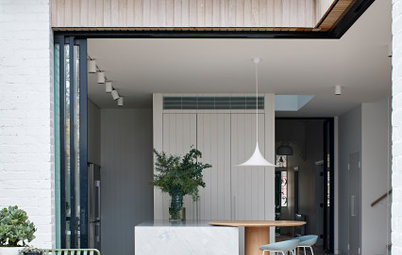
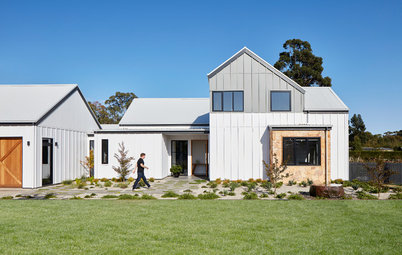
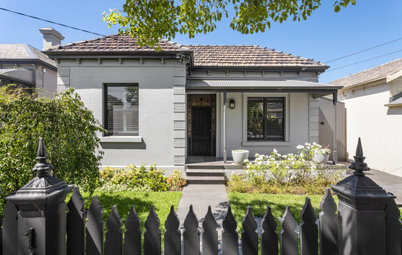
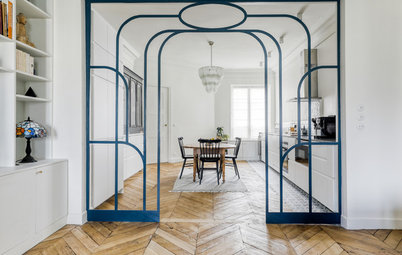
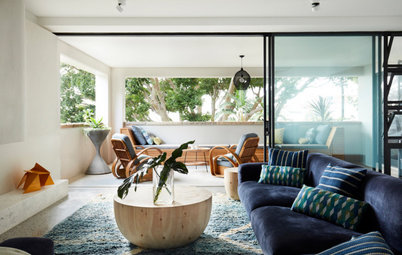
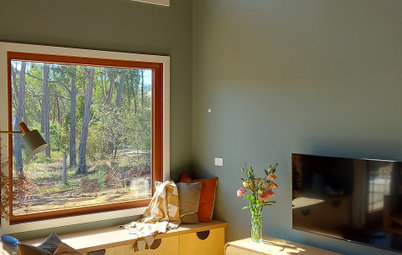
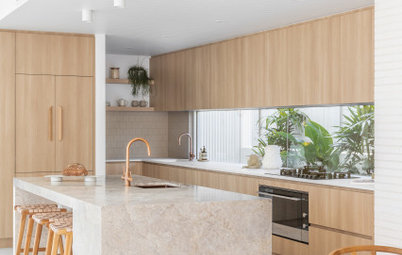
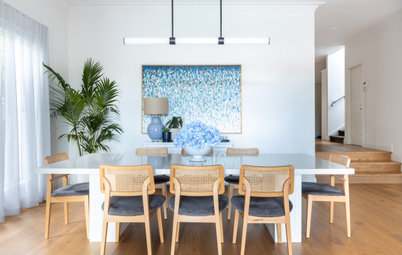
My sympathies to Mellyshea! BUT...who was the supposed project overseer here? The builder? If so, he should be paying for the dumb plumbing mistakes. No way there should be such errors.
And, for anyone considering a heat pump for hot water...please note. They are NOT for coastal areas. The condenser will corrode just about the time the warranty runs out and way too expensive to bother fixing it. Also, these must be placed outside where they can benefit from airflow to do their thing. After mine failed just after the warranty period, I was whinging to a plumber and he sure was a dumbo. He said he'd have no corrosion problems as he'd put his in the garage! duhhhh.
Thanks to everyone for sharing your various experiences - it's really interesting to hear what happens on other people's builds and it gives me lots of ideas for future articles. Our different houses and environments all show that it's so important to think things like plumbing through very carefully.
A comment above reminded me that when my home was built - we weren't on site monitoring what was happening when the walls around the toilet and bathroom were closed in. They did not install sound insulation - which is what I wanted. So, in my son's bedroom, when someone turns on the shower next door - it wakes him up.
We decided to 'economise' by not getting detailed architect's drawings and worked from the council submission plans - bad idea. There are just too many times where little but still important details like that above get overlooked.
We are always learning - including me!
Hi Darren,
Should you require any further information on Hydronic Heating then please do not hesitate to contact us. As Australias largest supplier of hydronic heating, we would be happy to answer any questions that may assist with ongoing articles on hydronic heating.
Thanks,
Sophie Okill
sophieo@huntheat.com.au